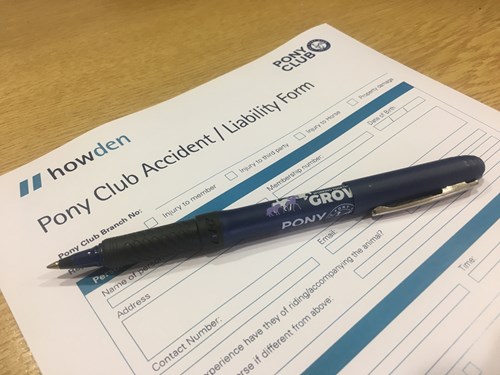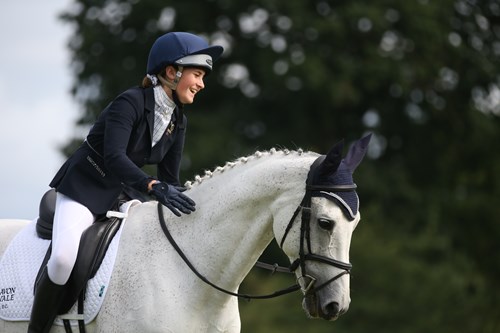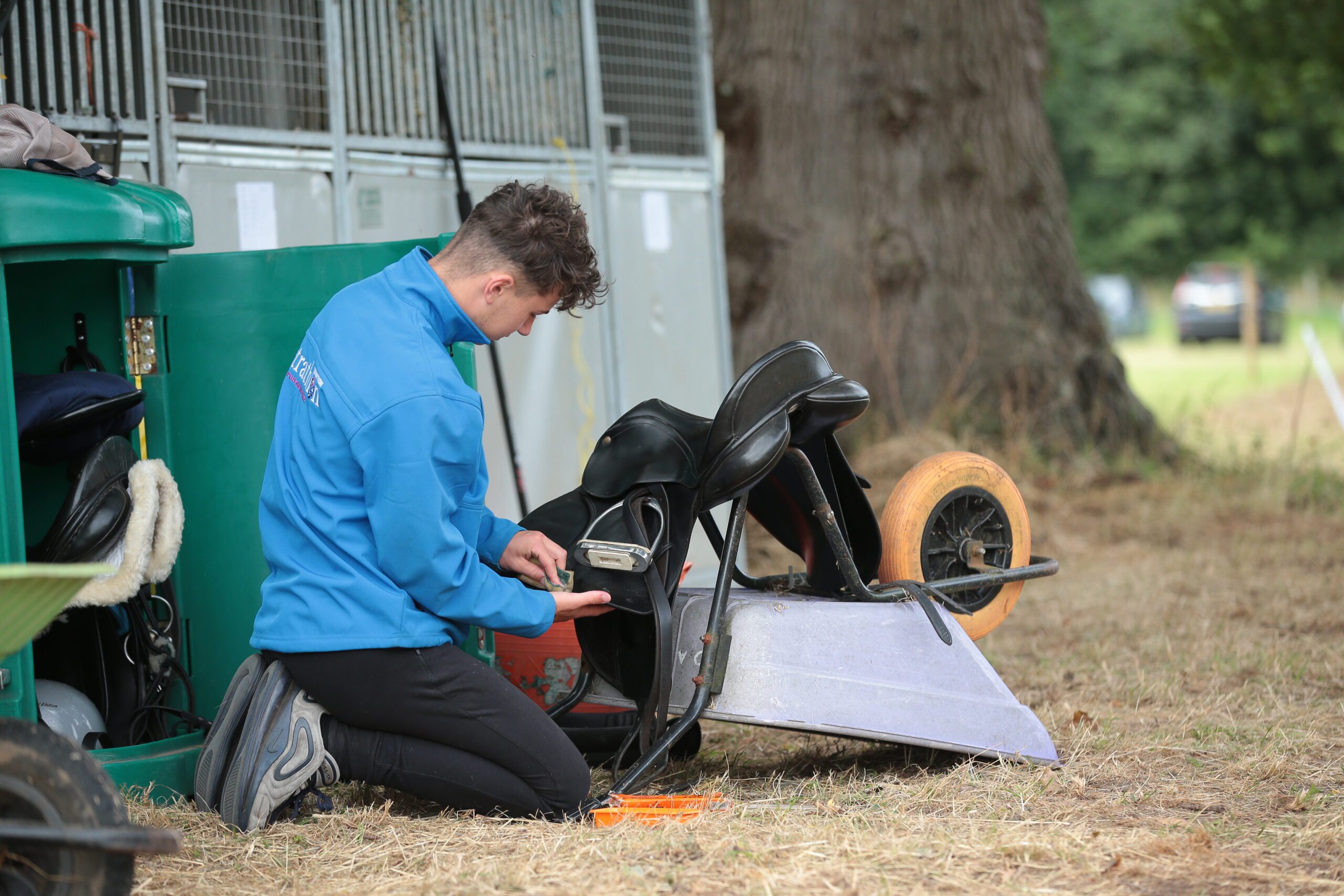Accident Reporting
It is important that The Pony Club knows about accidents and injuries to everyone involved in Pony Club activities, including Members, Parents, Guardians, Volunteers, Officials, Staff and Members of the public, whether they occur during Pony Club events, or for members, if they happen elsewhere while riding or with horses.
The type of record and report made depends upon the nature of the incident and the injuries sustained:
The Incident Report Log should be used to log all non injury incidents that occur during any Pony Club organised event. If you are an Official, Volunteer, or Coach, example Incident Report Logs can be downloaded from the Resource Hub in Health & Safety/Accident Reporting.
The Online Accident Report Form should be completed for all injury accidents, serious near misses and damage to property. The accident reporting links are below. Note: there is a printable version of the form which can be completed at the time of the accident, but the online form must be completed as soon as possible afterwards. If you are an Official, Volunteer, or Coach, printable accident forms can be downloaded from the Resource Hub in Health & Safety/Accident Reporting.
All Accident reporting documents must be retained for three years after the date of the incident or accident. Where an injured person is under 18 years, all accident forms should be kept for three years after their eighteenth birthday. Electronic copies of submitted forms are acceptable.





